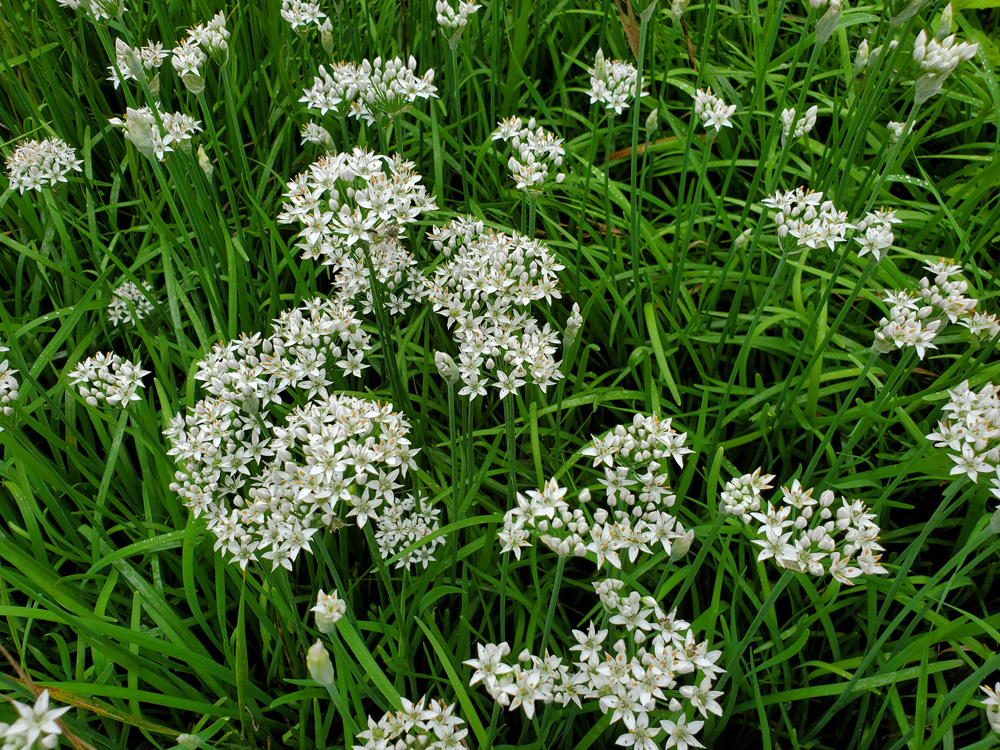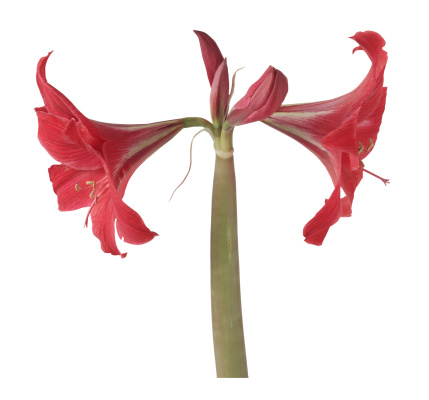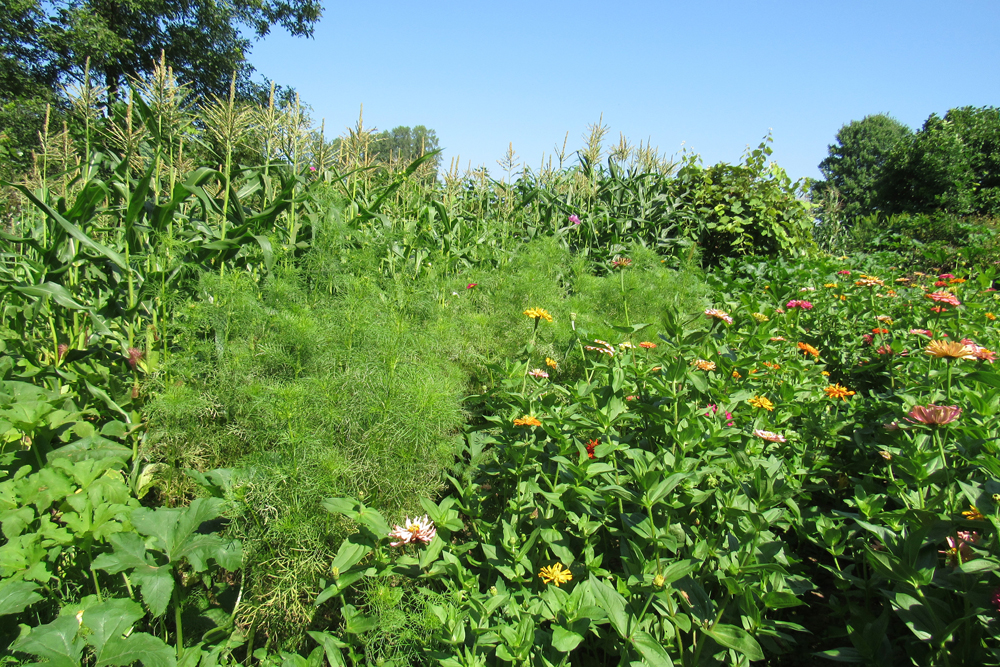Using home-grown herbs

Herbs are a great addition to any garden. They are beautiful, functional, and often easy to grow. If you are growing annual and perennial culinary herbs, make sure to use them to add flavor to home-cooked meals.
According to the Horticulture Diagnostic Laboratory at Cornell Cooperative Extension of Suffolk County, herbs can be used to flavor vinegars, oils, and butters.
To prepare herb vinegar, add one or several culinary herbs to commercially bottled vinegar – you can use any type of vinegar, depending on your personal preference. Heat the vinegar in an enamel pan – do not let it boil. Pour warm vinegar into a bottle and add one herb or a combination of herbs to taste. Let the mixture set for two weeks before using. Store in tightly capped bottles.
Because of growing concerns that herbs and garlic stored in oil that is not acidified and not refrigerated may carry a risk of botulism, CCE Suffolk says it is best to make herb-oil mixes fresh as needed for each use. Do not store them.
Basic herb butter is wonderful with fresh garden veggies and breads. It can be made by mixing 1-3 tablespoons of dried herbs or 2-6 tablespoons of fresh herbs to 1/4 pound of butter. Also, add 1/2 teaspoon lemon juice and pepper. Combine ingredients and mix until fluffy. Pack in a covered container and refrigerate. Any culinary herbs can be used. What a great way to enjoy your vegetable garden harvest!
Herbs are wonderful for adding flavor when cooking. CCE Suffolk says there are no strict limits when using herbs, but a general rule is not to mix two very strong herbs together – mix one strong and one or more milder flavors to complement both the stronger herb and the food. Strong herbs include bay, cardamom, curry, ginger, hot peppers, mustard, rosemary, and sage. Medium herbs include basil, celery seed and leaves, cumin, dill, fennel, French tarragon, garlic, marjoram, mint, oregano, winter and summer savory, thyme, and turmeric. Delicately flavored herbs – including burnet, chervil, chives, and parsley – can be used in large quantities and combine well with most other herbs and spices.
Remember when cooking with herbs that dried herbs are stronger than fresh and powdered herbs are stronger than crumbled. Here is a basic formula to guide you: 1/4 teaspoon powdered herbs equals 3/4 to 1 teaspoon crumbled equals 2 teaspoons fresh. Chop leaves very fine to increase the cut surface area and flavor absorption. The flavor of herbs is lost by extended cooking. Add herbs to soups or stews during the last 45 minutes. If using herbs to flavor cold foods such as dips, cheese, vegetables, and dressings – add herbs several hours prior or overnight before serving.
Here are some suggestions from CCE Suffolk as to which herbs work best to flavor which foods.
•Use basil, dill weed (leaves), garlic, and parsley to flavor eggs.
•Use basil, bay leaf (crumbled), French tarragon, lemon thyme, and parsley to flavor fish.
*Lovage, marjoram, and sage work well with poultry.
•Salad herbs include basil, lovage, parsley, and French tarragon. I love chive blossoms in salad – they have a very delicate onion flavor and are so pretty, so don’t be afraid to get creative!
•Use basil, bay leaf, marjoram, oregano, and parsley for tomato sauce.
*Herbs that work well with vegetables include basil, parsley, and savory.
•Basil, marjoram, oregano, rosemary, sage, savory, and thyme can be used as an Italian blend.
*Cumin, garlic, hot pepper, and oregano can be used as a barbecue herb blend.





